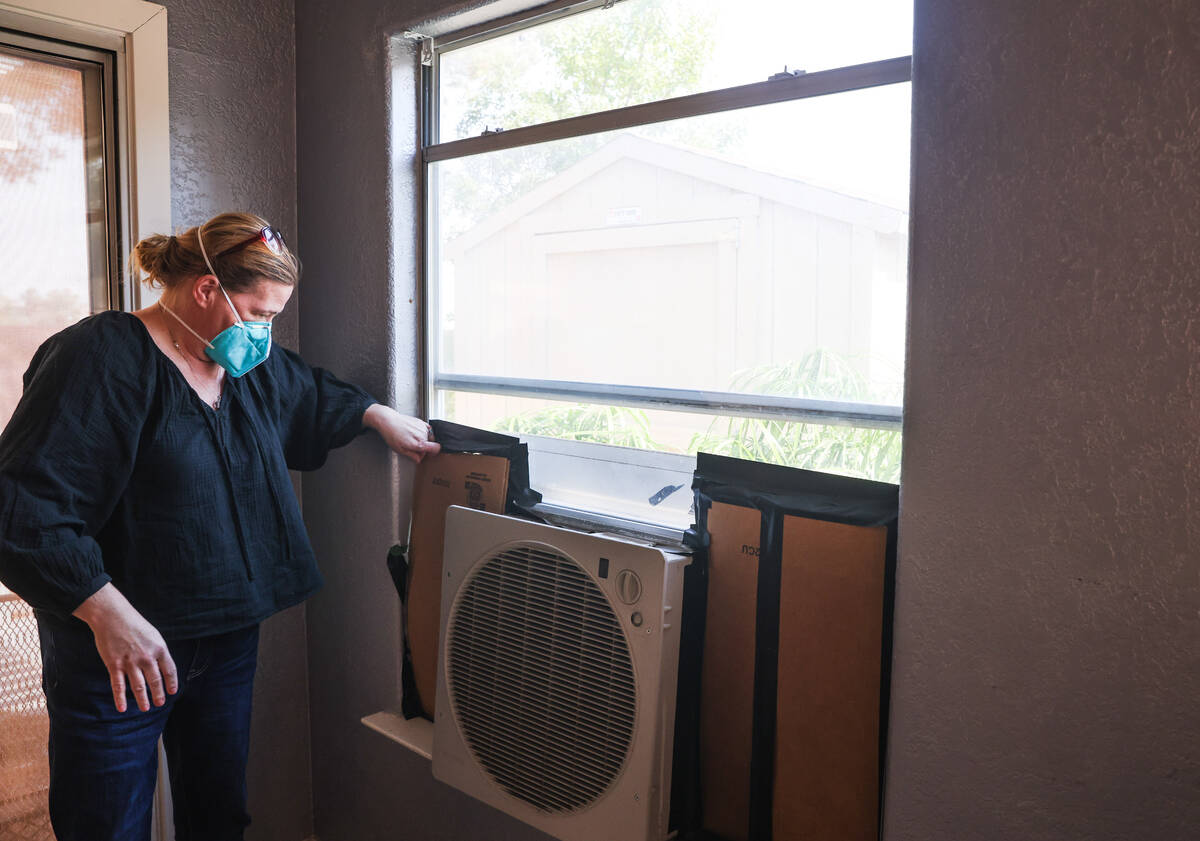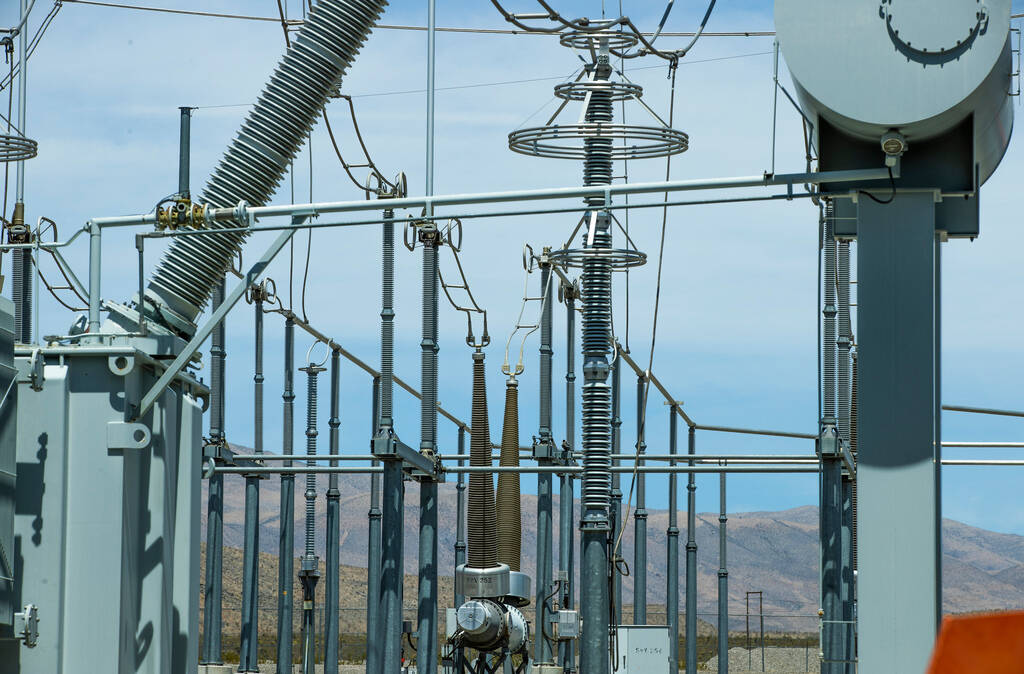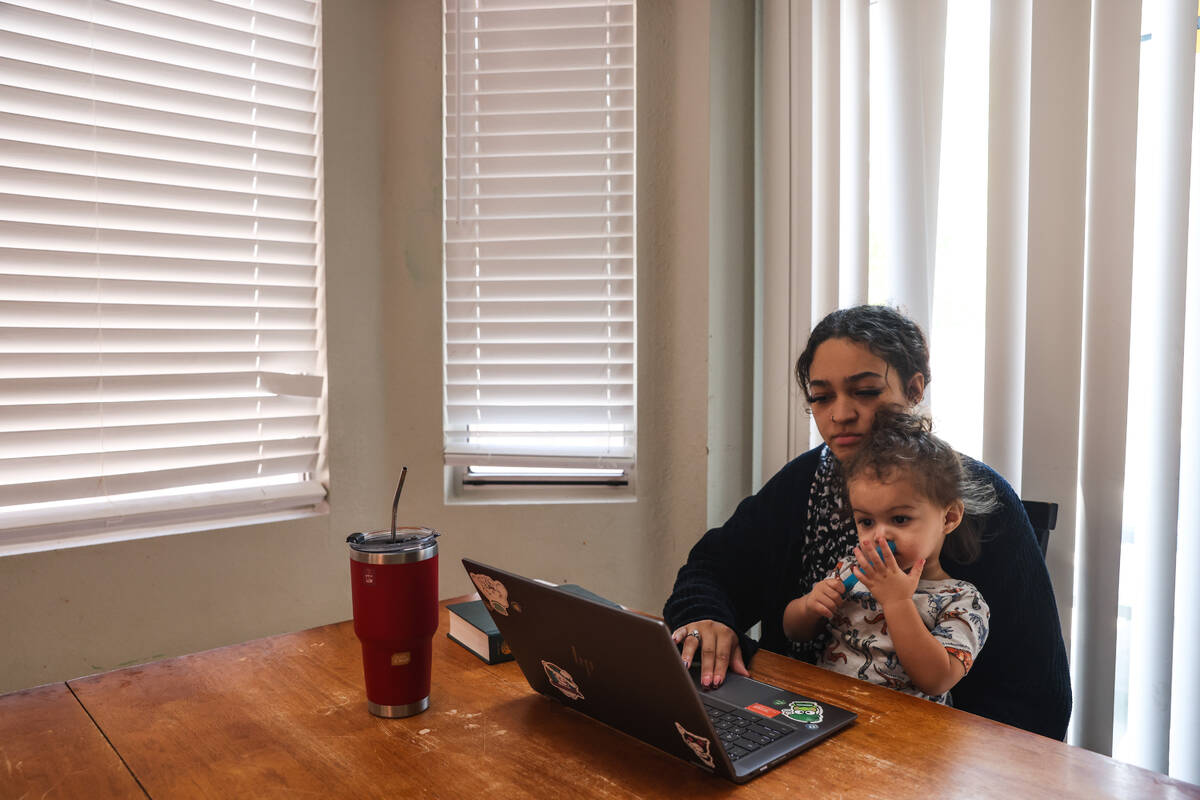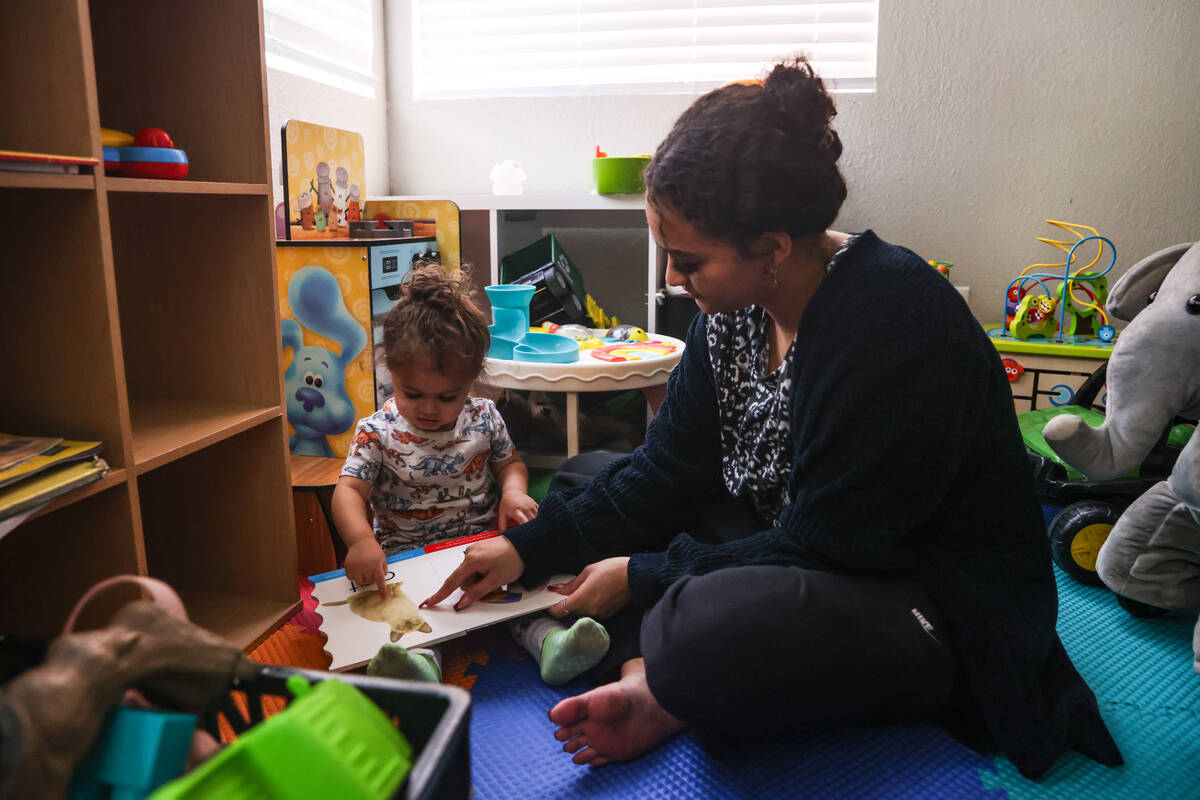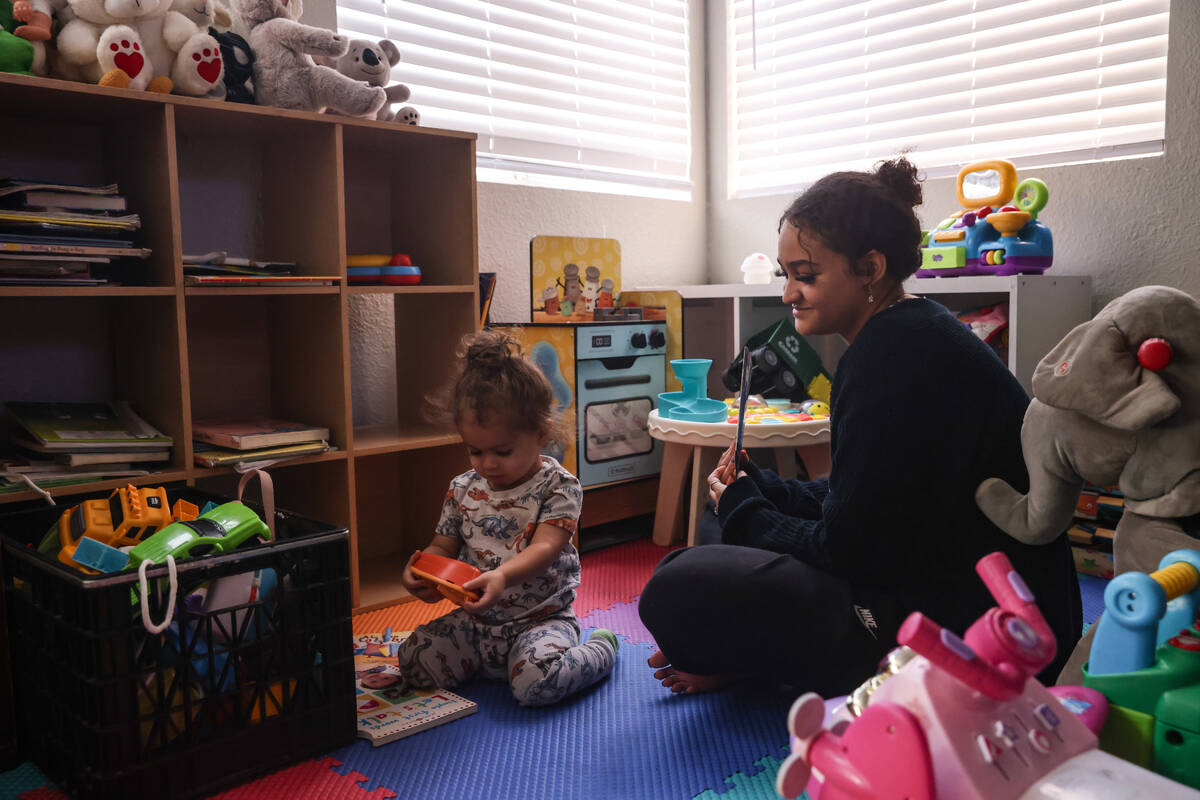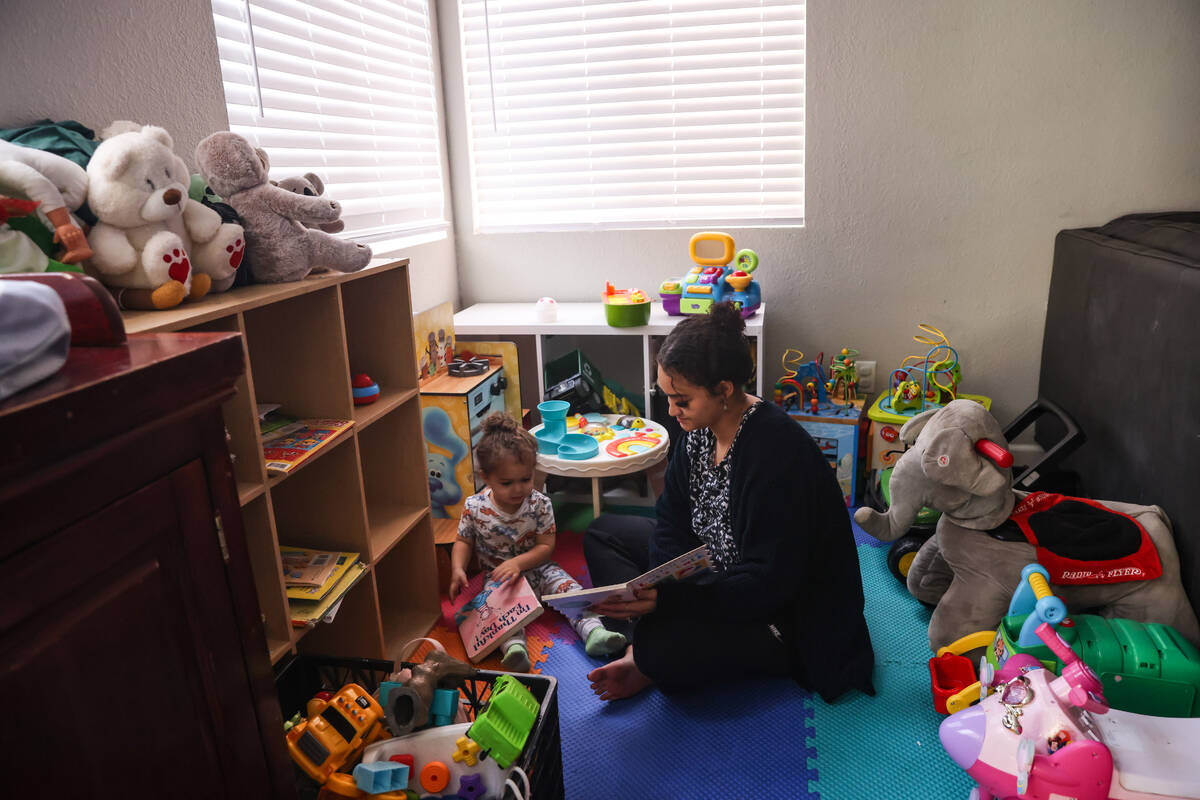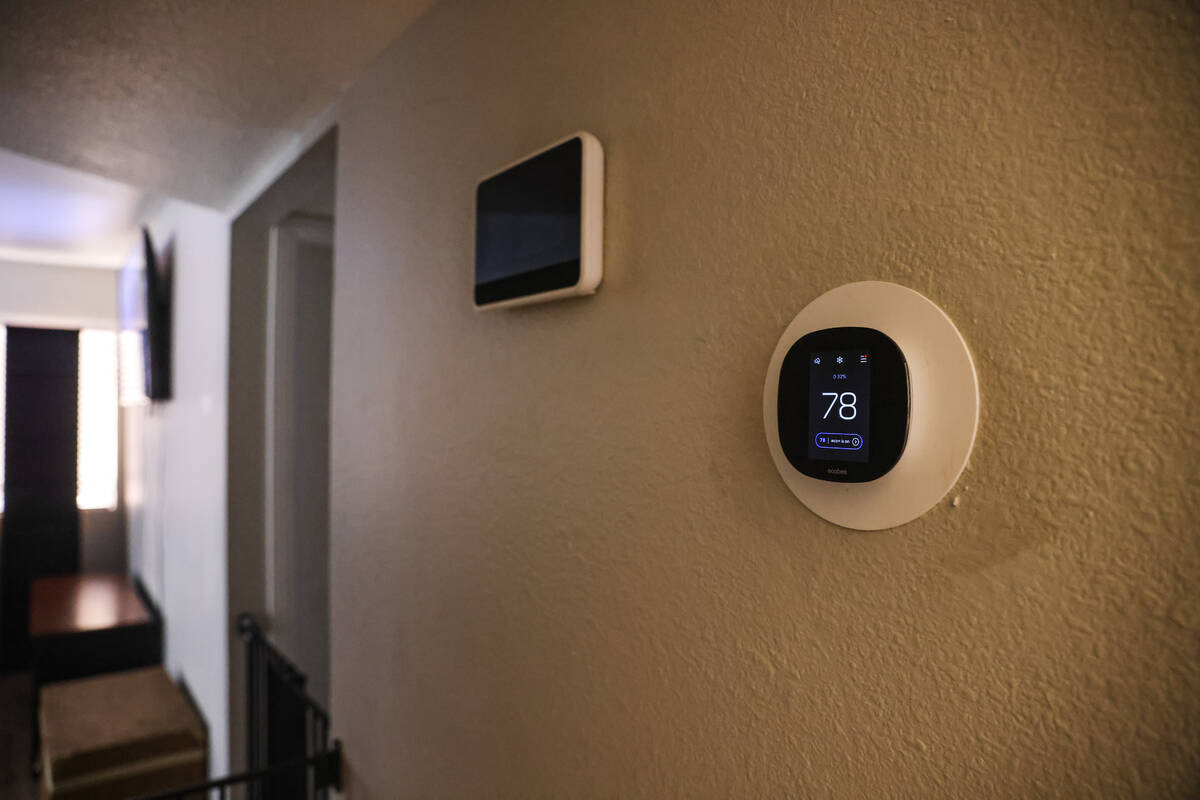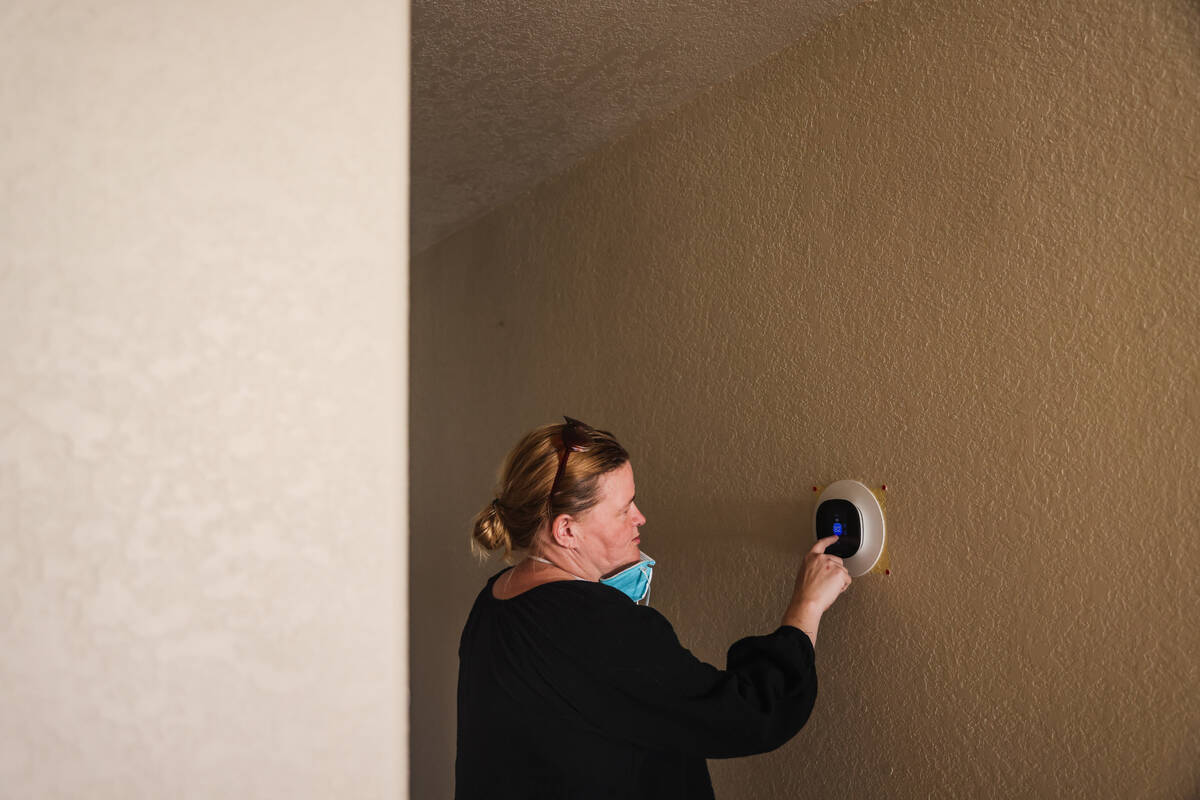25% of low-income Las Vegas households pay too much for utilities, study says
With high Las Vegas temperatures, proficient utilities are more of a necessity than ever, but low-income households continue to feel the burn.
According to research from the American Council for an Energy-Efficient Economy, 1-in-4 low income households in Las Vegas spend 13 percent of their income on home energy. The median energy burden for low-income households is 6 percent. An energy burden is the gross amount households spend on energy costs.
In 23 of the 25 regions examined by the nonprofit, 1-in-4 low-income households have energy bills that exceeded 10 percent of income, the level at which an energy burden is considered severe. Households facing energy burdens often have to choose between paying energy bills and buying other essentials, like food and medicine, the American Council for an Energy-Efficient Economy said. The nonprofit defines a low-income household as being at or below 200 percent of the federal poverty level. Energy burden was calculated using U.S. Census data.
As development director of nonprofit Living Grace Homes, Stephanie Gazar knows all too well the strain utilities can put on households’ pockets.
‘The other option was no power’
“I had a young lady that NV Energy told her: ‘If you don’t pay your bill this month, we’re going to disconnect you. We’re not going to give you any more options,’” Gazar said of a client. “So she ended up using half of her tax return that year to pay her electric bill because the other option was no power.”
Living Grace Homes provides housing, food, transportation and education for young, homeless, pregnant and parenting women ages 14 to 24. The nonprofit pays three separate utility bills: its office located off Gibson Road and Interstate 215 and two homes near Warm Springs Road in Henderson for clients — one for young families and pregnant mothers, the other strictly for pregnant mothers, both about a mile away from each other.
Now, it is not just her clients whose pockets are being drained, it’s Living Grace Homes, as well.
When comparing numbers from Jan. 1 to July 31 of last year to the same period this year for only one house, the one which houses pregnant mothers, Gazar says bills have risen by almost $2,500. The bills are NV Energy, Southwest Gas, Department of Utility Services — the water service for city of Henderson — and Republic Services.
Now, for all three properties the nonprofit manages, they pay around $1,000 a month individually.
Trying to mitigate costs
Gazar said they do everything they can to mitigate costs, while being funded by foundation or corporate grants and personal donations. To NV Energy, pays $350 per month for each property individually and use the PowerShift smart thermostats provided by the utility.
The PowerShift thermostats use the FlexResponse system, which sets the thermostat four degrees higher, between June and September and during peak hours for energy usage. Now, they use a swamp cooler to keep cool, but still, if they didn’t have Equal Pay it would cost them $600 a month.
“We keep it at 78 so if we’re not paying attention, they’ll turn it up to 82 during those peak hours,” said Gazar of the temperature in the house with pregnant women. “We get calls real quick when they increase that temperature.”
They have taken out all grass from one house and one small patch remains at another to lower water bills, which they say is slightly higher than Southern Nevada Water District.
As for gas, it has doubled since late 2022, but they got some relief when the bills decreased by 5 percent recently. In the summer months, the Southwest Gas bill for each house will cost around $80 and in the winter it can hike up to $250.
The nonprofit is considering solar, but cannot make any estimations currently since one house is closed for renovations after a house fire. Once the other house opens, solar is most likely in their future, but as a business they do not get a tax cut.
“You have to rob Peter to pay Paul right now,” Gazar said. “If you count for seven months, and by the end of this year, that means that we’ll be paying $4,000 more for utilities for that house. That’s just for one of the two houses.”
Emerson Drewes can be reached via email at edrewes@reviewjournal.com. Follow @EmersonDrewes on X.



